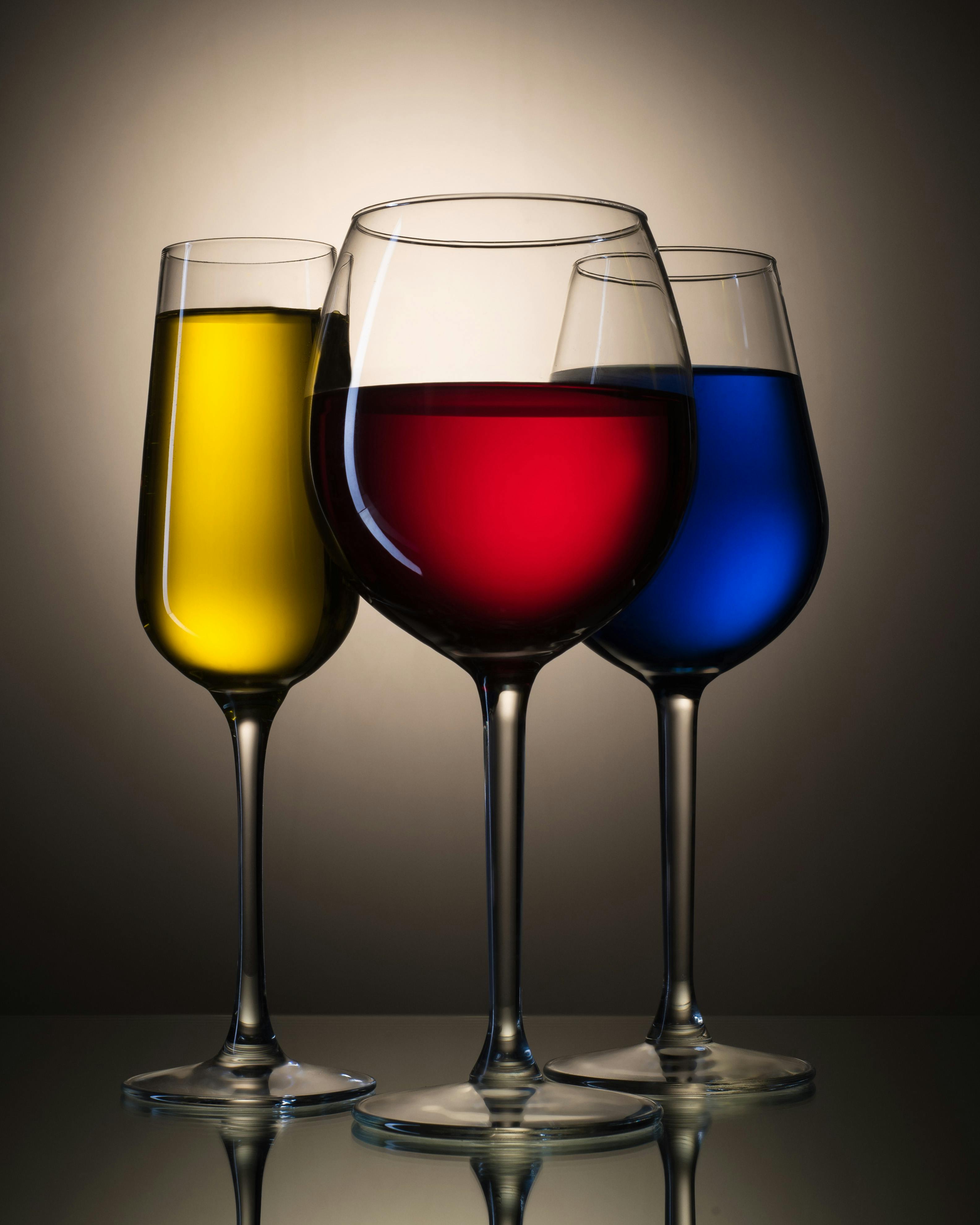Tequila is a type of alcoholic beverage made from the blue agave plant that is native to Mexico and has become popular around the world. There are various types of tequila and one variety, Añejo, stands out as unique among them. Añejo tequila is aged longer than other types of tequila, giving it a distinct flavor and aroma. In this article, we will discuss the differences between Añejo tequila and other types of tequila.
Añejo tequila is aged in oak barrels for at least one year but can be aged up to three years. This aging process gives the tequila a darker color and a richer flavor than other types of tequila. The aging process also mellows out the alcohol content in Añejo tequila, making it smoother and easier to drink than other varieties.
In contrast, other types of tequila such as silver or blanco are not aged at all, or may be aged for only a few weeks. These varieties tend to have a light color and a sharp flavor profile due to their lack of aging. Silver or blanco tequilas also have higher alcohol content than Añejo varieties, making them more potent when consumed.Añejo Tequila is a type of Tequila that has been aged in oak barrels for at least one year. It is often described as having a smooth and oaky flavor, with hints of vanilla, caramel, and spice. The aging process also gives Añejo Tequila a golden or amber color. The longer the aging process, the more intense the flavor and color can become.
Añejo Tequila is most commonly used in cocktails or sipped neat or on the rocks. It pairs well with other flavors such as citrus, herbs, and spices to create complex drinks. It can also be used in cooking recipes such as marinades and sauces for an added hint of complexity.
Although Añejo Tequila may be more expensive than other types of tequila due to its aging process, it is worth it for its unique flavor profile and versatility in cocktails and cooking recipes.
Contents
Añejo Tequila Differences
Añejo tequila is one of the four types of tequila available, and has certain differences from the other types. Añejo tequila is aged for at least one year in small oak barrels. This aging process gives it a richer flavor and darker color than other types of tequila, making it a favorite among tequila connoisseurs. Its flavor is more complex than that of blanco or silver tequilas, which are not aged at all.
In comparison to reposado tequila, which is aged for two months to a year in oak barrels, Añejo tequila has a longer aging time and thus more complexity in its taste. Añejo tequilas are typically aged for between one and three years in oak barrels. As such, they can have flavors like caramel, vanilla, toast, and dried fruit that may not be present in reposado or blanco varieties.
Finally, extra-añejo tequila has the longest aging time of all four types of tequila. It is aged for at least three years in oak barrels and can have flavors similar to those found in fine cognacs or whiskies. Extra-añejo is often considered the most expensive type of tequila due to its longer aging time and increased complexity of flavor compared to other varieties.
Overall, Añejo tequilas have a richer flavor than silver or blanco varieties due to their extended aging period and offer an experience unlike any other type of spirit. With careful selection, these unique flavors can be enjoyed by both novice and experienced drinkers alike.
General Characteristics of Añejo Tequila
Añejo tequila is a type of tequila that has been aged in oak barrels for at least one year. It is a dark, full-bodied tequila with a smooth, rich flavor that can range from sweet to smoky depending on the aging process. The aging process creates complexity and deepens the flavor profile of the tequila. It also gives it a golden or amber color. Añejo tequilas are typically more expensive than other types of tequila due to the longer aging process and higher quality ingredients used.
The aroma of an Añejo Tequila is sweet and complex, with notes of oak, vanilla, caramel, dried fruit, and spices. The taste is smooth and mellow with hints of smokiness from the barrels in which it was aged. The finish is long and lingering with subtle flavors lingering on the palate.
Añejo Tequilas can be enjoyed neat or as part of a cocktail. They are often used in margaritas or other drinks requiring a smooth and mellow spirit. They are also excellent sipped neat to enjoy all its complex flavors and aromas.
Ingredients Used in Production of Añejo Tequila
Añejo tequila is a popular Mexican spirit made from blue agave plants grown in the state of Jalisco. The production process of this spirit is complex and involves several different ingredients. The main ingredient used in the production of Añejo tequila is 100% blue agave, harvested from the highlands of Jalisco. This agave is cooked and then crushed to extract the juice, or “honey water,” which is then fermented into a base spirit.
Additional ingredients used to make Añejo tequila include yeast, water, and minerals such as calcium carbonate and magnesium sulfate. The yeast helps convert the sugars from the agave into alcohol during the fermentation process. Water is used to dilute the mixture before it goes through distillation, which removes any impurities and enhances the flavor of the tequila. Minerals are sometimes added to help increase flavor complexity and create a smoother product.
Once all ingredients have been combined, the mixture is aged for at least one year in oak barrels to create Añejo tequila. The aging process gives this spirit its distinctive color and flavor, including notes of wood, vanilla, caramel, and spice. After aging, it is bottled and ready for sale.
In summary, Añejo tequila is produced using 100% blue agave harvested from Jalisco as well as yeast, water, minerals such as calcium carbonate and magnesium sulfate, and oak barrels for aging. This complex production process creates a flavorful Mexican spirit that has become popular worldwide.
Aging Requirements for Añejo Tequila
Añejo Tequila is a type of tequila that has been aged for at least one year in oak barrels. This process gives the tequila a unique flavor and aroma, as well as a darker color. The aging requirements for Añejo Tequila are strictly regulated by the Mexican government. For the tequila to be labeled as Añejo, it must be aged in oak barrels for at least one year, but no more than three years. The barrels used must be made of either white or red oak, and must not exceed 600 liters in capacity. The barrels must also be stored in an area with temperatures no higher than 25°C (77°F). After aging, the tequila can then be bottled and labeled as Añejo.
Añejo Tequilas are some of the most sought-after tequilas on the market due to their distinct flavor and aroma. Many brands have begun to experiment with different barrel sizes and types of wood to create unique Añejos with bolder flavors and aromas. The aging requirements ensure that all Añejos meet a certain standard of quality, ensuring that every bottle is a unique experience for the consumer.

Añejo Tequila Aging Process
Añejo tequila is aged in oak barrels for at least one year to create a smooth, complex flavor. During the aging process, the tequila takes on the characteristics of the barrel, such as flavors from the wood and its previous contents. As it ages, the tequila also develops notes of caramel, vanilla, and butterscotch. The longer it is aged, the more intense these flavors become. As a result, an older Añejo tequila will have a more robust taste than a younger one.
How Does Aging Affect Taste and Flavor?
The aging process affects both the taste and flavor of Añejo tequila. As it ages, the tequila becomes smoother and mellower while developing complex flavor notes. The longer it is aged, the more these flavors become pronounced. This can result in a deeper and richer flavor profile with notes of caramel, vanilla, and butterscotch that are not present in younger Añejos. Additionally, older Añejos tend to have a longer finish than younger ones.
Overall, aging has a significant effect on both the taste and flavor of Añejo tequila. It makes it smoother while adding complexity to its flavor profile with notes of caramel, vanilla, and butterscotch that are not present in younger Añejos. Additionally, older Añejos tend to have a longer finish than younger ones. As such, when selecting an Añejo Tequila it is important to consider how long it has been aged as this can significantly affect its taste and flavor profile.
Alcohol Content of Añejo Tequila
Añejo tequila is a type of premium, aged tequila made in Mexico. It is typically aged for at least one year, but some brands may age it for up to three years. The aging process gives the tequila its distinct flavor and color. The alcohol content of Añejo tequila is typically 40% alcohol by volume (ABV). This makes it stronger than other types of tequila such as blanco and reposado which typically have an ABV of 38%.
Añejo tequila should be enjoyed in moderation due to its high alcohol content. It can be sipped neat, over ice, or as part of a classic margarita or other cocktail. To fully appreciate the flavor profile, it is recommended to sip it neat or with a small amount of water or ice to open up the aromas and flavors.
It is important to note that some brands may have an ABV higher than 40%. This is usually due to the length of time that the tequila has been aged or the type of barrels used during the aging process. For example, some brands may use barrels made from American oak which can add additional flavor and increase the ABV slightly.
Serving Añejo Tequila
Añejo tequila is a premium spirit that can be enjoyed in a variety of ways. When serving añejo tequila, it is important to remember to serve it chilled, preferably in a glass such as a snifter or tulip-shaped glass. It should not be served on the rocks as this can diminish the taste and aroma of the spirit. When serving añejo tequila neat, consider pairing it with an orange or lime wedge and some salt for added flavor. If you choose to serve it with ice, use large cubes or spheres so as not to water down your drink too quickly.
Drinking Añejo Tequila
When drinking añejo tequila, it’s best to sip slowly and savor its unique flavor profile. Take time between each sip to appreciate its aroma and taste, noting how its sweetness and smokiness balance each other out. As with any other spirit, drinking añejo tequila should be done responsibly and in moderation. Enjoying a few sips of this spirit is an excellent way to end an evening or add some excitement to dinner conversation.

Conclusion
Añejo tequila is a type of tequila aged for at least one year in oak barrels. This aging process gives the tequila a smooth, mellow flavor, which makes it different from other types of tequila. It also has a richer flavor than silver or blanco tequilas, and it is darker in color. Añejo can be enjoyed straight or mixed into cocktails, while the other types of tequila are best enjoyed neat. Ultimately, the decision between añejo and other types of tequila depends on personal preference and the occasion.
No matter which type of tequila you choose to enjoy, it is important to remember that quality is key. Look for reputable brands and make sure that your bottle is labeled with 100% agave to ensure that you are getting true tequila. With quality ingredients and careful preparation, you can find an enjoyable experience with any type of tequila for any occasion.
0 Comments